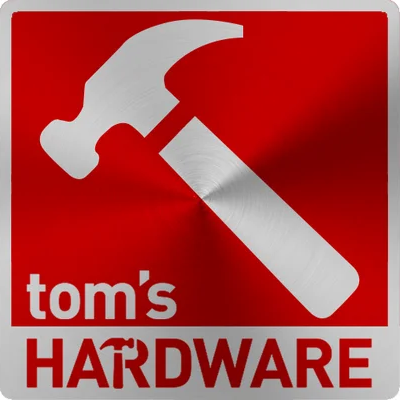Sponsored by QUE Publishing
Computer History 101: The Development Of The PC
The First Electronic Computers
Tom's Hardware and Que Publishing are partnering up to give you four chapters from Scott Mueller's Upgrading And Repairing PCs, 20th Edition. We're also giving away copies of the book to 10 lucky Tom's Hardware readers. To enter, please fill out the contest form.
The first chapter we're making available is from the beginning of Scott's book, covering the development of the PC. From the humble beginnings of mechanical adding machines to today's multi-core processors, we recount the events and innovations that took us where we are today and wrap it up with a convenient timetable showing the complete history of the PC!
In the days to come, we'll also present comprehensive looks at Magnetic Storage Principles, Local Area Networking, and Power Supplies.
The First Electronic Computer
A physicist named John V. Atanasoff (with associate Clifford Berry) is officially credited with creating the first true digital electronic computer from 1937 to 1942, while working at Iowa State University. The Atanasoff-Berry Computer (called the ABC) was the first to use modern digital switching techniques and vacuum tubes as switches, and it introduced the concepts of binary arithmetic and logic circuits. This was made legally official on October 19, 1973 when, following a lengthy court trial, U.S. Federal Judge Earl R. Larson voided the ENIAC patent of Eckert and Mauchly and named Atanasoff as the inventor of the first electronic digital computer.
Military needs during World War II caused a great thrust forward in the evolution of computers. In 1943, Tommy Flowers completed a secret British code-breaking computer called Colossus, which was used to decode German secret messages. Unfortunately, that work went largely uncredited because Colossus was kept secret until many years after the war.
ENIAC Is Born
Besides code-breaking, systems were needed to calculate weapons trajectory and other military functions.In 1946, John P. Eckert, John W. Mauchly, and their associates at the Moore School of Electrical Engineering at the University of Pennsylvania built the first large-scale electronic computer for the military. This machine became known as ENIAC, the Electrical Numerical Integrator and Calculator.It operated on 10-digit numbers and could multiply two such numbers at the rate of 300 products per second by finding the value of each product from a multiplication table stored in its memory. ENIAC was about 1000 times faster than the previous generation of electromechanical relay computers.
ENIAC used approximately 18 000 vacuum tubes, occupied 1800 square feet (167 square meters) of floor space, and consumed around 180 000 watts of electrical power. Punched cards served as the input and output; registers served as adders and as quick-access read/write storage.
The executable instructions composing a given program were created via specified wiring and switches that controlled the flow of computations through the machine. As such, ENIAC had to be rewired and switched for each program to be run.
Although Eckert and Mauchly were originally given a patent for the electronic computer, it was later voided and the patent awarded to John Atanasoff for creating the Atanasoff-Berry Computer.
Programs: Change The Software, Not The Hardware
Earlier in 1945, the mathematician John von Neumann demonstrated that a computer could have a simple, fixed physical structure and yet be capable of executing any kind of computation effectively by means of proper programmed control without changes in hardware. In other words, you could change the program without rewiring the system. The stored-program technique, as von Neumann’s ideas are known, became fundamental for future generations of high-speed digital computers and has become universally adopted.
The first generation of modern programmed electronic computers to take advantage of these improvements appeared in 1947.This group of machines included EDVAC and UNIVAC, the first commercially available computers. These computers included, for the first time, the use of true random access memory (RAM) for storing parts of the program and the data that is needed quickly. Typically, they were programmed directly in machine language, although by the mid-1950s progress had been made in several aspects of advanced programming. The standout of the era is the UNIVAC (Universal Automatic Computer), which was the first true general-purpose computer designed for both alphabetical and numerical uses. This made the UNIVAC a standard for business, not just science and the military.
Get Tom's Hardware's best news and in-depth reviews, straight to your inbox.
Tom's Hardware is the leading destination for hardcore computer enthusiasts. We cover everything from processors to 3D printers, single-board computers, SSDs and high-end gaming rigs, empowering readers to make the most of the tech they love, keep up on the latest developments and buy the right gear. Our staff has more than 100 years of combined experience covering news, solving tech problems and reviewing components and systems.
